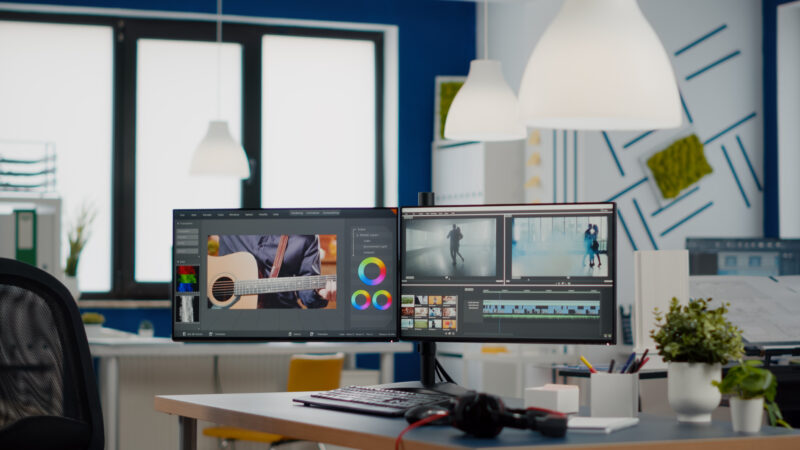Overclocking a monitor refers to the process of increasing its refresh rate beyond the factory settings, in order to make the images appear smoother and more responsive. It is an advanced technique that can significantly improve the overall performance of your monitor, but it also comes with certain risks and limitations. This is why it is important to do proper research and understand the potential risks before attempting to overclock your monitor.
Understanding Monitor Refresh Rates
A monitor’s refresh rate is the number of times per second that the image on the screen is refreshed. The higher the refresh rate, the smoother and more responsive the image will appear. Most monitors have a refresh rate of 60Hz, which means that the image is refreshed 60 times per second. However, some high-end monitors can have a refresh rate of up to 144Hz or higher.
Preparing to Overclock
Before attempting to overclock your monitor, it is important to do proper research on your specific monitor model and check whether it is capable of being overclocked. You should also ensure that your computer and graphics card are capable of supporting an overclocked refresh rate. Proper cooling is also important, both for the monitor and the computer, as overclocking generates more heat and can cause damage if not properly cooled.
Overclocking the Monitor
The process of overclocking a monitor will vary depending on the specific monitor and graphics card. Some monitors allow you to overclock through the on-screen display (OSD) settings, while others require you to adjust the refresh rate through the graphics card settings. It is important to use a benchmarking tool, such as 3DMark or Unigine Heaven, to test the stability of the overclocked refresh rate and to troubleshoot any issues that may arise.
Maintaining the Overclocked Monitor
It is important to regularly monitor the temperature and performance of the overclocked monitor and adjust the refresh rate as necessary. Overclocking generates more heat and can cause damage if not properly cooled, so it is important to make sure that your monitor and computer are running at safe temperatures. It is also recommended to not leave the monitor overclocked for prolonged periods of time, as this can cause damage over time. If you decide to stop overclocking, it is important to safely return the monitor to its original refresh rate to prevent any damage.
Conclusion
In conclusion, overclocking a monitor can significantly improve the overall performance of your monitor, but it also comes with certain risks and limitations. It is important to do proper research, understand the potential risks and have the proper tools and software for monitoring and testing the overclocked refresh rate. Additionally, it is important to regularly monitor the temperature and performance of the overclocked monitor and adjust the refresh rate as necessary, and not leave the monitor overclocked for prolonged periods of time. Overclocking can be a great way to boost the performance of your monitor, as long as it is done safely and responsibly.
